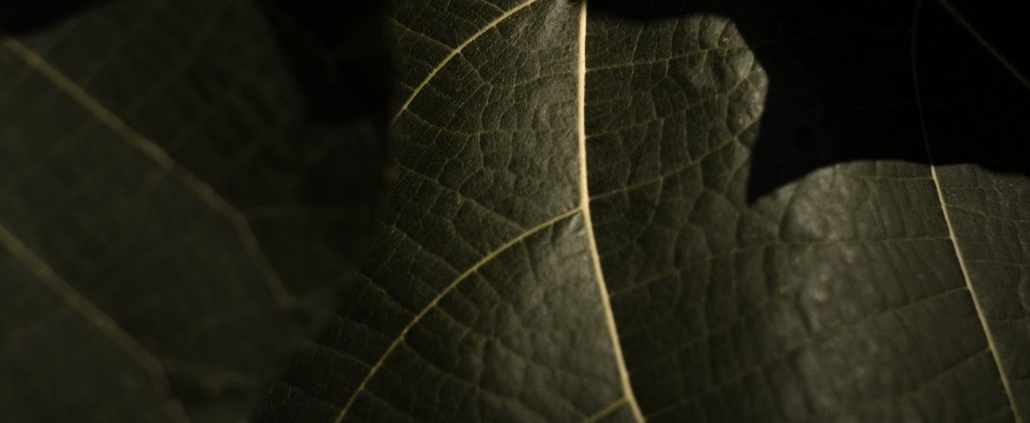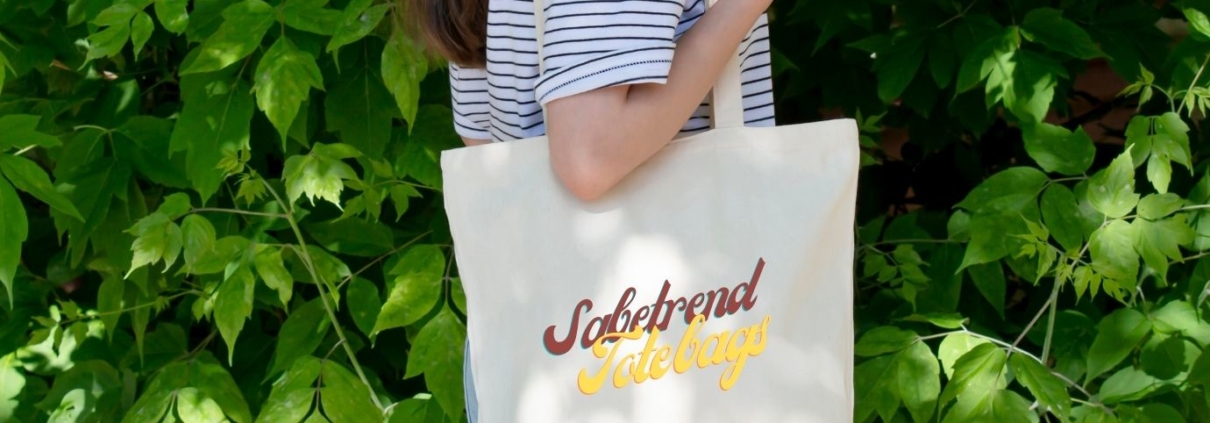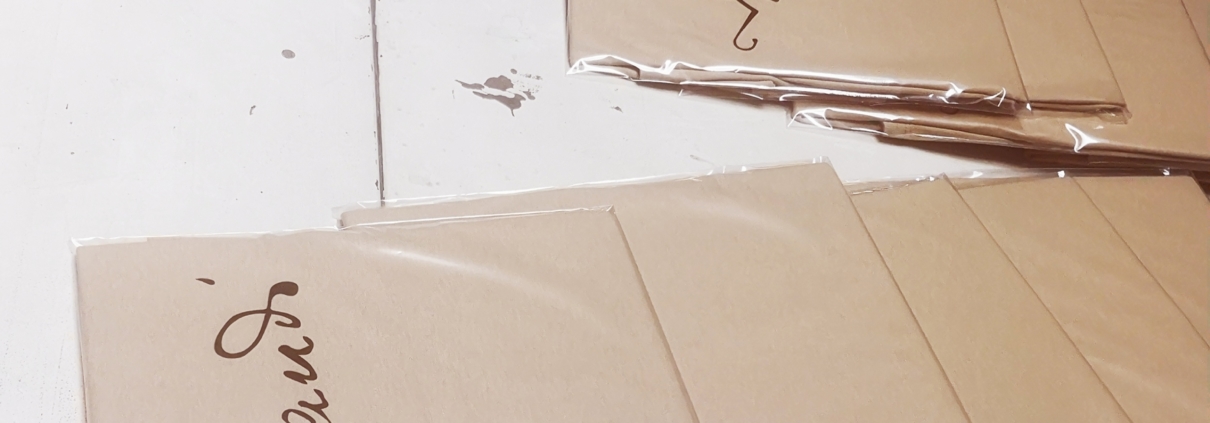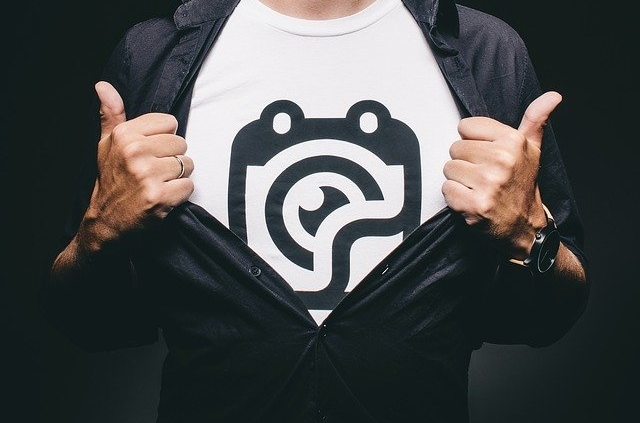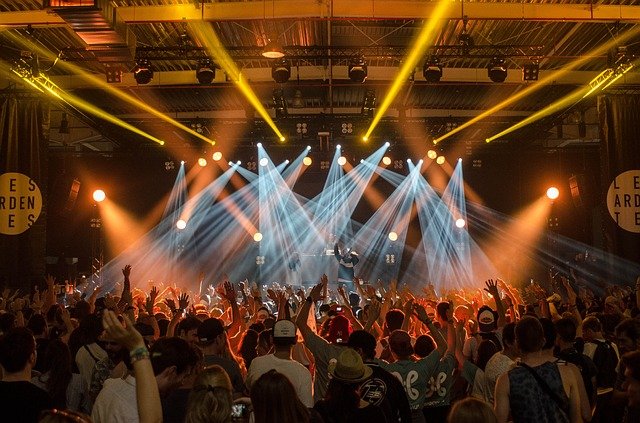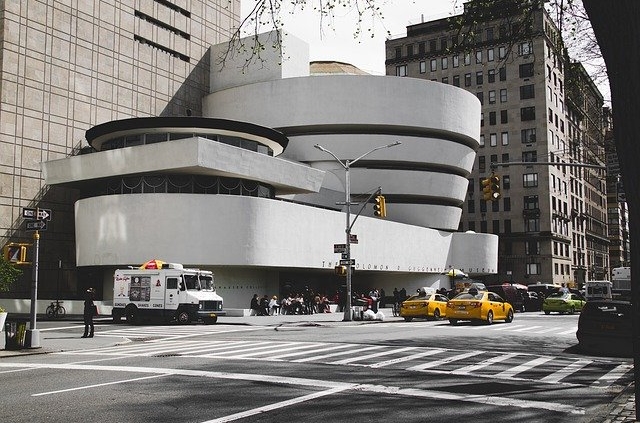As artificial intelligence redefines the landscape of visual communication, its ability to generate sophisticated, high-quality images is undeniable. From elaborate graphic designs to photorealistic portraits, AI-generated visuals have ignited a heated debate within the creative community. These technological advancements bring us to a pivotal question: Can artificial intelligence ever truly replace the nuanced human touch in design?
The Evolving World of Design
The realm of design is in constant flux, shaped by emerging trends, technological advances, and societal shifts. Once regarded merely as an aesthetic endeavor, design has now expanded to include functional, ergonomic, and sustainable dimensions. Modern designers are tasked with reimagining products, spaces, and experiences to meet complex user demands and environmental challenges. The advent of digital technology has revolutionized the design process, offering new tools and expansive creative possibilities. Moreover, a growing recognition of the need for inclusive and accessible design has prompted a shift toward a more human-centric approach. Essentially, design continues to evolve, adapting to social, technological, and environmental changes while significantly influencing our world.
The Arrival of AI in Design
Artificial intelligence has made a significant entry into the field of design, opening new creative vistas and challenging conventional notions of authorship and creative process. A notable instance is the 2018 Christie’s auction of “Portrait of Edmond de Belamy,” a painting wholly generated by AI using generative adversarial networks. This landmark sale ignited a fervent debate over AI’s role as an artistic creator. Another compelling example is Gregory Chatonsky’s 2019 work “Terre Seconde,” which envisions an alternative version of Earth created by AI. These endeavors blur the lines between human and machine in the creative process, paving the way for novel artistic expressions and design methodologies.
Creativity and Human Experience
While AI is proficient at producing visual elements and automating repetitive tasks, it still lacks the capability to infuse emotional depth or cultural context into its creations—traits that are quintessentially human. Campaigns like Nike’s inclusive advertisements, crafted with profound insights into human experiences, resonate deeply with audiences on a personal level. These human-driven initiatives underscore the irreplaceable value of creativity derived from real people, suggesting that while AI can facilitate the creative process, it cannot supplant it.
Tomorrow’s Fertile Design Playground
Artificial intelligence is unlocking uncharted territories in design, presenting innovative possibilities to extend the limits of creativity. Far from being a threat, AI is emerging as a formidable ally, enhancing process efficiency and fostering innovation through its ability to analyze vast data sets and generate fresh ideas. Yet, the future of design relies not solely on this revolutionary technology but on a harmonious synergy where AI tools are employed to complement and enhance inherent human creativity.
This partnership foresees a dynamic and fertile playground for future designers, where AI handles the mundane, time-intensive tasks, freeing up creative minds to focus on more strategic and conceptual challenges. Additionally, AI’s exploration of unexpected combinations of shapes, colors, and materials can inspire new aesthetic and functional directions, stimulating human imagination.
Far from overshadowing the vital human element at the core of design, AI is becoming a catalyst for creativity, amplifying bold ideas and unique visions of designers. This emerging arena is set to redefine design boundaries, seamlessly blending human ingenuity with state-of-the-art computational power to forge transformative experiences, products, and environments.
AI vs. Custom Design: The Irreplaceable Human Touch
The distinction between AI-generated and human-crafted designs becomes stark in personalized tasks like brand creation and logo design. Despite its computational prowess, AI cannot yet capture the unique spirit or emotional narrative that a human designer can convey. A deep understanding of a brand’s core identity and the personal touch required to tailor a logo to reflect this identity remain uniquely human attributes, highlighting the lasting importance of designers in an AI-dominated world.
Looking forward, it is evident that AI will continue to play a significant role in the design industry, optimizing processes and creating new opportunities. However, the essence of design—deeply rooted in human creativity, emotion, and connection—remains steadfastly in the hands of human designers. AI is a powerful tool, but the magic of design, the connection that evokes emotion and elicits a response, will always necessitate the human touch. Thus, the future of design does not lie in choosing between AI and human designers, but in leveraging the strengths of both to push the boundaries of creativity further than ever before.

